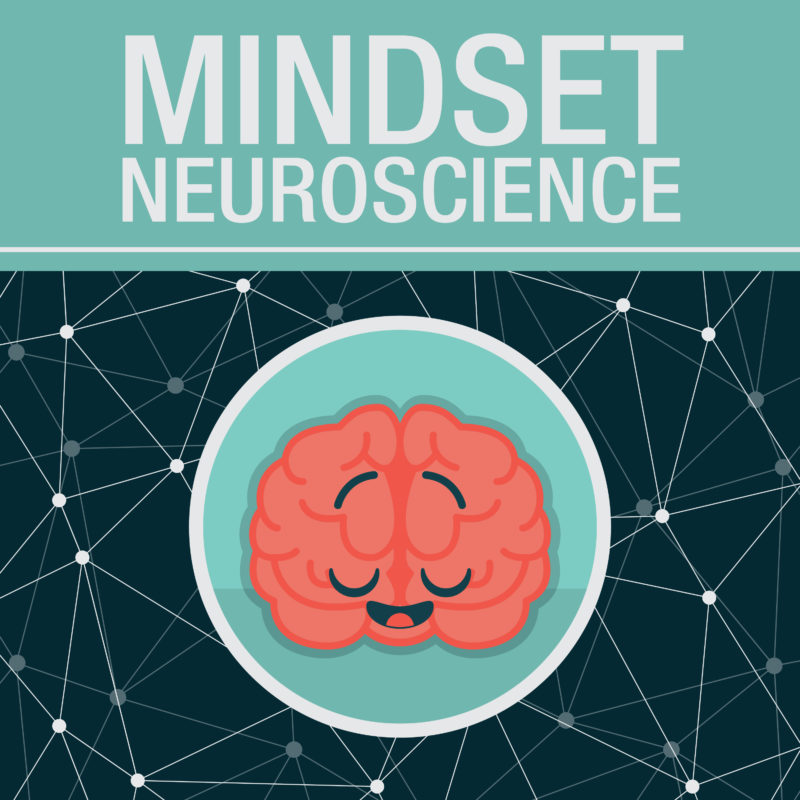Many of us don’t realize how many of our behaviors are automated. We need a certain amount of this automation to free up cognitive processing energy to learn new things, try new behaviors and deal adaptively with new situations.
So habits and automations are not bad. The question is, are they aligning with our most desired way of experiencing life?
To find out, we need to bring these unconscious patterns into our awareness. From that vantage point we can take a more honest inventory of whether these habits enhance our life or deplete it.
The most helpful way to gain conscious access to unconscious patterns is to become a witness to them.
This is where meditation can be helpful, but another step you can take is to be a witness to your own body.
If you can watch how your own body moves, you are accessing neural circuits involved in self-observation and what Stanislave Dehaene relates to as ‘conscious access’. This helps you make the unconscious conscious.
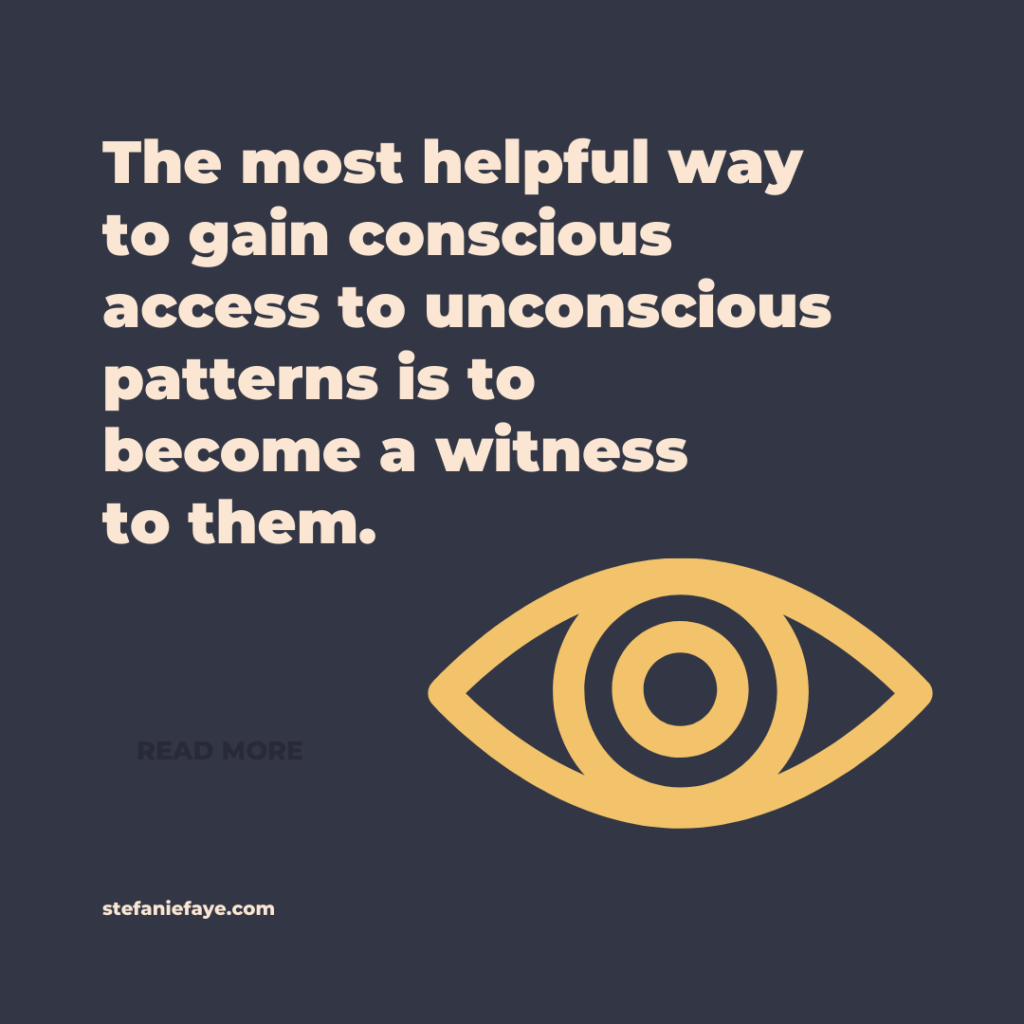
One particular part of the body you can start to witness is your hands.
Our hands are one of the first tools we use in self-soothing. We use our hands generally to help us consume/ingest something, or to be in contact with another organism. This is for two reasons. From the time we are born (and even in the womb in terms of amniotic fluid), ingesting a substance activates the swallow reflects which engages the parasympathetic nervous system and thus helps soothe us. The pressure and heat from physical contact with another organism Is an infants main tool for knowing that it is not alone : this proximity to safety and protection help regulate its nervous system. We carry that need for proximity throughout our life.
So to take an inventory of your habits, observe or witness what your hands do throughout the day.
You’ll notice that much of this hand activity involves the above mentioned two things: grasping for some thing to ingest or consume; or seeking contact with another organism. This can be cuddling with a pet, gesturing for someone to interact with you or using technology to ‘ping’ a signal to someone so that they notice you and ping you back. All of these behaviors are ways we seek to know we are not alone, thus soothing our nervous system. (Ep 11 goes into this depth).
To assess whether these habits are truly serving you, it’s important to examine the effects after you’ve engaged in the activity.
This noticing of after-effects helps us separate what feels good in the moment compared with what is actually good for us in the longer trajectory of our life. Future projection and extrapolation involves the prefrontal cortex - an area of the brain that also helps with impulse control and inhibitory signaling - both of which will help you pause before you do some thing that may not actually be in your best interest.
Let’s say you want to assess if eating donuts is a habit that you want to stop. (in this example, you may already know that it is some thing you want to stop doing, but it’s helpful to go through this assessment process). Instead of putting all of your attention on how good the donut tastes as you’re eating it, you’ll need to also use your attention to notice the after-affects of eating it.
This will likely be hard to do because of the short term gratification rewards combined with all of the clever technologies manufactured by humans to trigger enormous amounts of dopamine from various products, substances and activities. It will be hard to not notice the sensory pleasure of many of your habits and the craving you have moments before you engage with it (the donut in this case, but think devices, cigarettes, pills, entertainment, etc etc. (Read Dr. Anna Lemke‘s book Dopamine Nation to find out more about pleasure and pain circuits related to addictions and cravings).
To engage your long-term pattern recognition circuitry, you’ll need to guide your attention to how you feel after the activity. around 30 and 60 minutes, and even for the rest of the day. Notice the cascading effects of that habit (such as eating the donut) after you’ve consumed or engaged in it.
The effects might be obvious, but if not, you can assist your brain in pattern recognition even further by experimenting with not engaging in that habit the next day and seeing what happens, as well as keeping a journal. You can use trial and error to see what your energy levels are like in the periods of time after consumption.
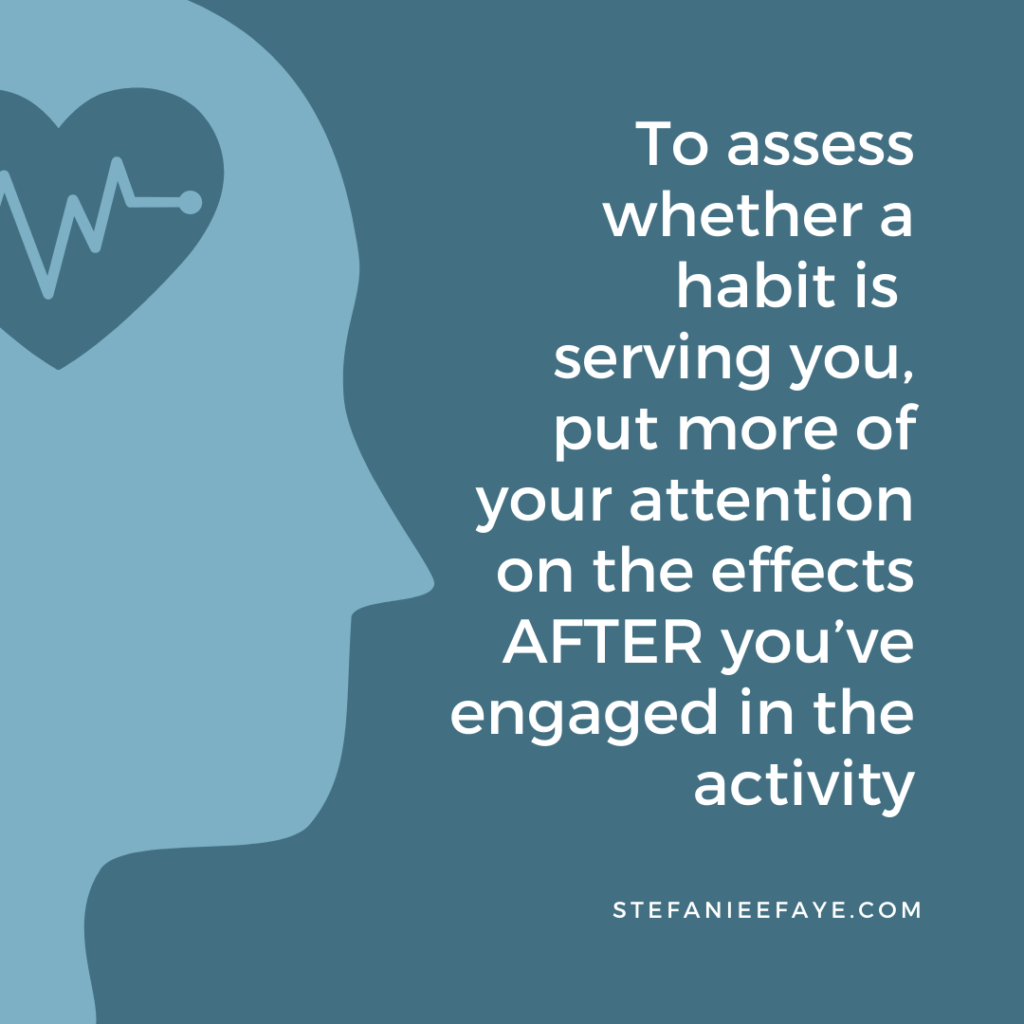
Noticing the after-effects is very important because our circuitry will often be dominated by the sensory stimulus of a behavior during the behavior.
But as many of us know by now, just because the reward circuits fire doesn’t mean it’s in our long-term best interest to continue to do that activity without any type of control or intention.
Dr Lambke asserts that stopping many of our habits will result in withdrawal, pain and discomfort, and that only after about 30 days without it in our system will we truly be able to sense how our life changes or benefits without it. She suggests less time is needed for less severe addictions.
For many of our habits, we may notice something different after just one or two days of not doing it. In any event, the first step is to just start using your brains energy to notice how you feel after the activity instead of letting the sensory input of the activity itself be the only point of your attention.
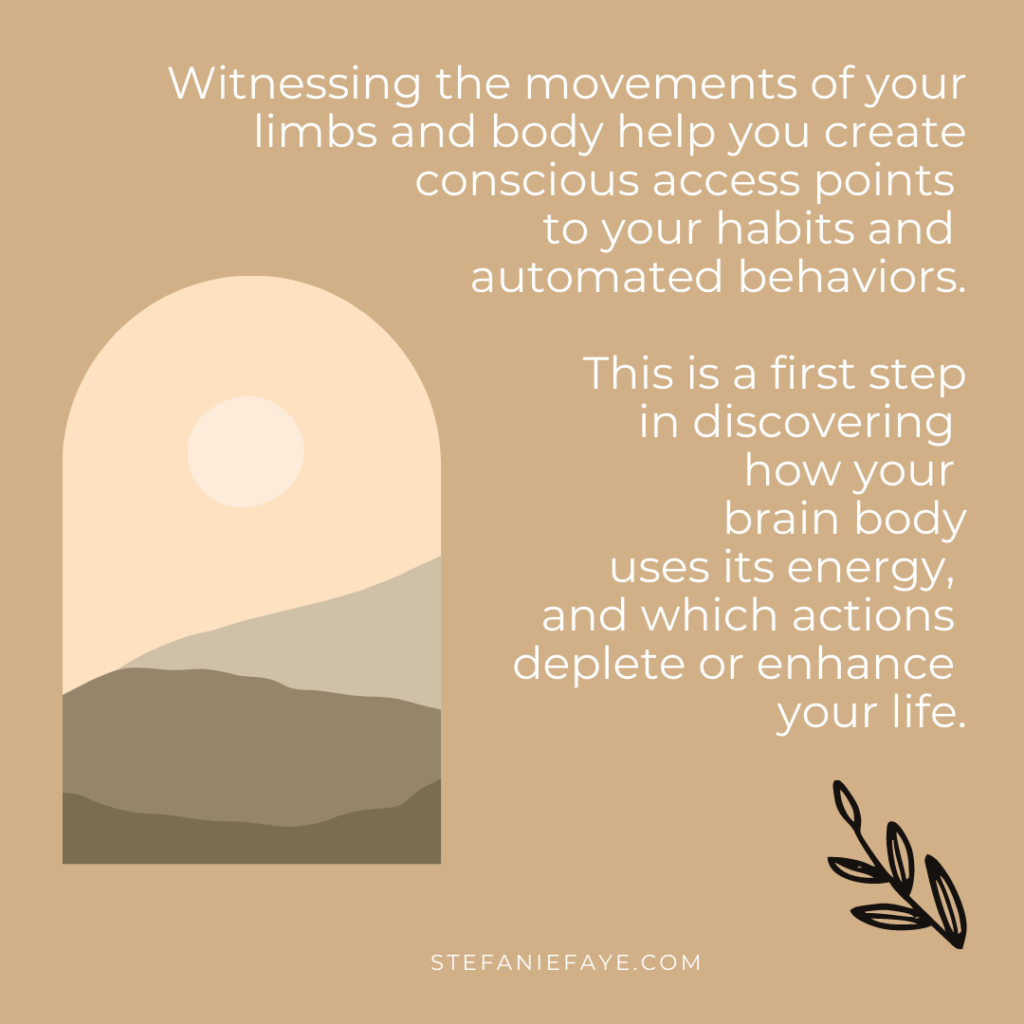
The main theme here is to notice yourself more often.
It can help to start by seeing them as mechanical movements of your body, almost always involving upper limb movement of some sort. Even sleeping habits… If you keep pushing the snooze button, notice that this is once again related to an upper limb movement.
Becoming a witness of the movements of your limbs and body help you create conscious access points to your habits and automated behaviors.
This serves as a first step in discovering how your brain body is using its energy.
From there you can begin observing patterns of what depletes and what enhances your life. And from there, make better choices of which habits you truly want to create and which ones are worth letting go.
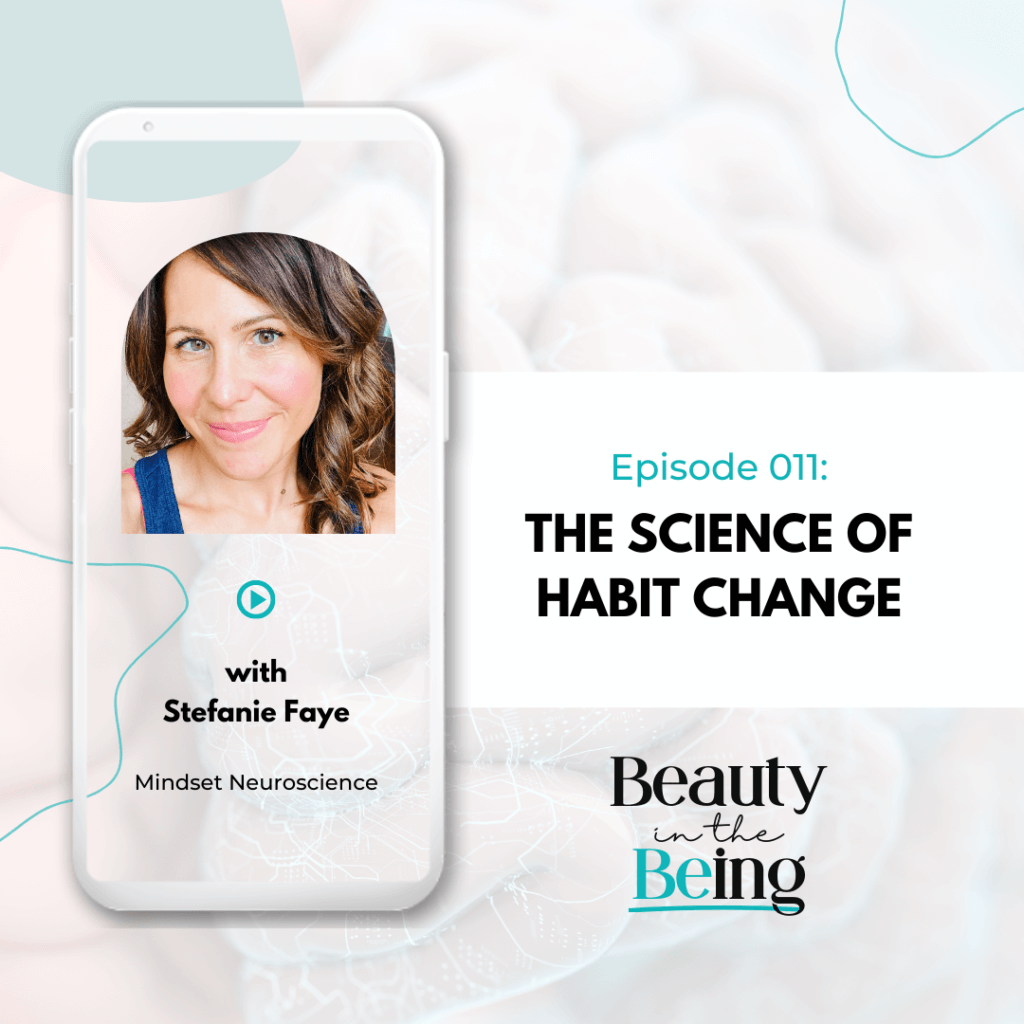
If you'd like to learn more about this, please listen to my conversation with Heidi Sawyer. We shared many insights that can help you create new habits and drop ones that are no longer serving you.
Listen to our conversation here

